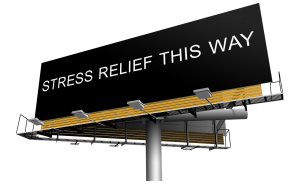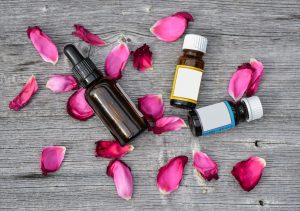
Although most people associate November with a feeling of gratitude, this beneficial attitude isn’t shared by all. For many, November marks the last bit of respite before the countdown to the “most stressful time of the year.” (source, source, source, source, source)
As the holiday season continues to enfold, feelings of tidings, good cheer, and love for all mankind can get blurred by what is termed “festive stress.” In fact, a study commissioned by the U.S. Highbush Blueberry Council in 2017 reported that this form of emotional upheaval occurs in three stages. The first stage begins on December 13th and continues until it reaches its final peak on Christmas Day. The holiday bustle of shopping, financial concerns, and crowds are the factors most attributed to this unwelcome sensation of overwhelm. (source, source, source)
The repercussions of this “unspoken holiday havoc” are explained to me firsthand by my clients in my naturopathic and functional medicine practice. Like clockwork, every November I am witness to these not so merry effects. Thankfully, they can be mitigated.
In my latest post, I discuss my approach to support individuals in getting through this trying time unscathed.
Learn more here about my naturopathic recommendations and how I incorporate essential oils into a “holiday self-care plan.”

Visit my website to get essential oils resources and access to exclusive content, delivered right to your inbox.
You can also access my essential oils database and learn more about my practice here.
This material is for information purposes only and is not intended to diagnose, treat, or prescribe for any illness. You should check with your doctor regarding implementing any new strategies into your wellness regime. These statements have not been evaluated by the FDA. (Affiliation link.)
Disclaimer: This information is applicable ONLY for therapeutic quality essential oils. This information DOES NOT apply to essential oils that have not been tested for purity and standardized constituents. There is no quality control in the United States, and oils labeled as “100% pure” need only to contain 5% of the actual oil. The rest of the bottle can be filled with fillers and sometimes toxic ingredients that can irritate the skin. The studies are not based solely on a specific brand of an essential oil, unless stated. Please read the full study for more information.



